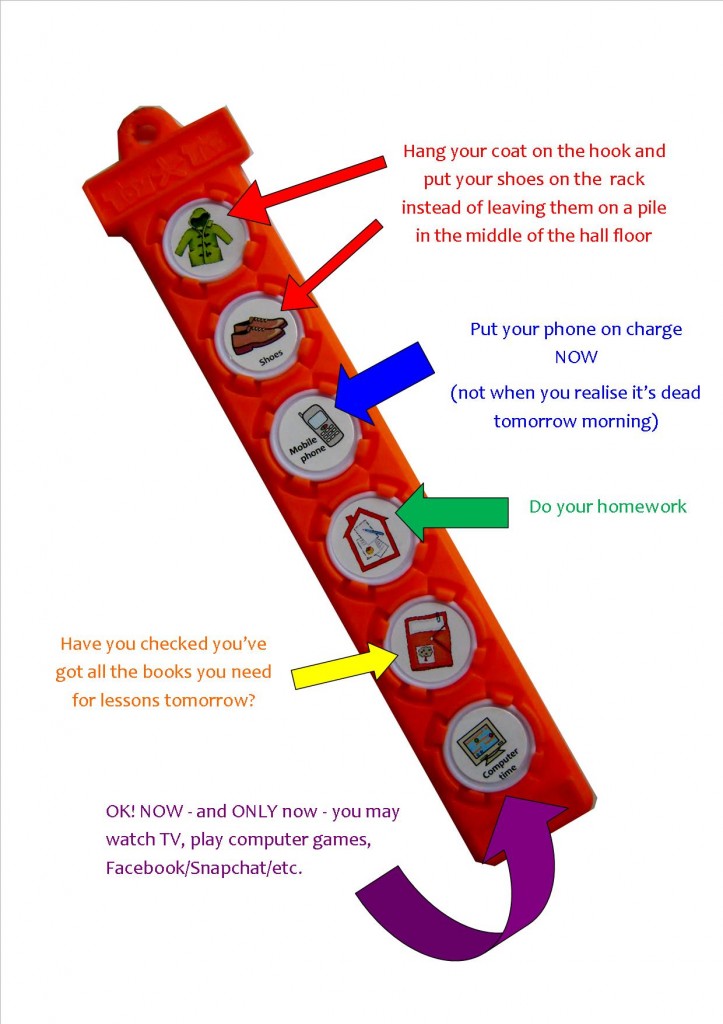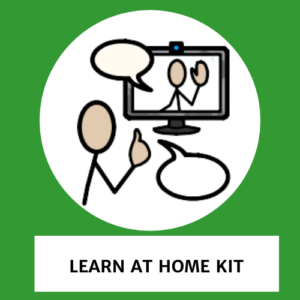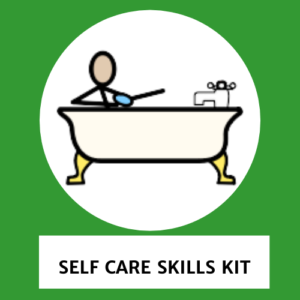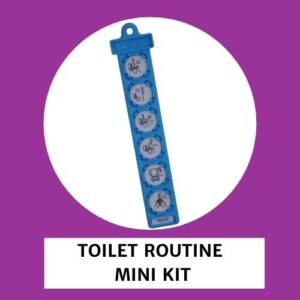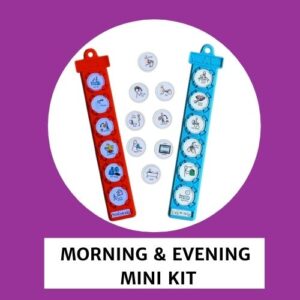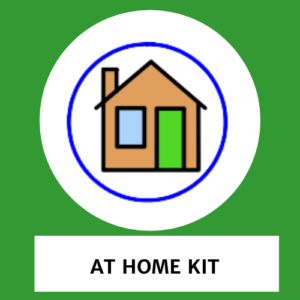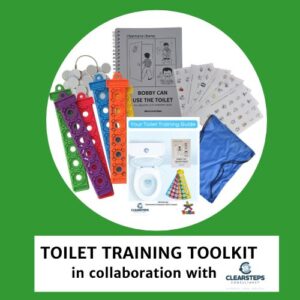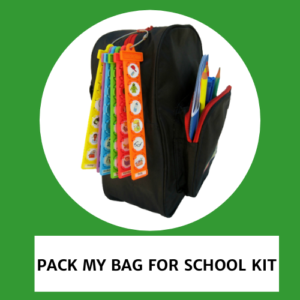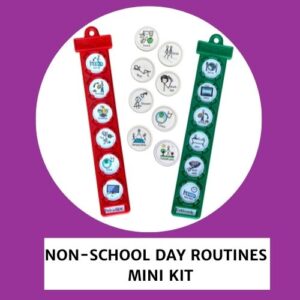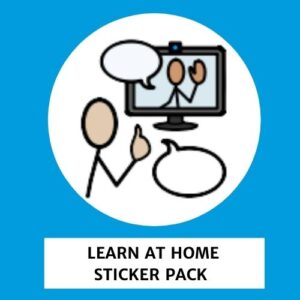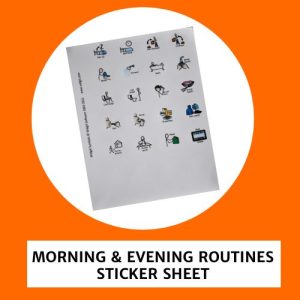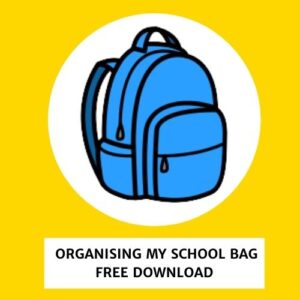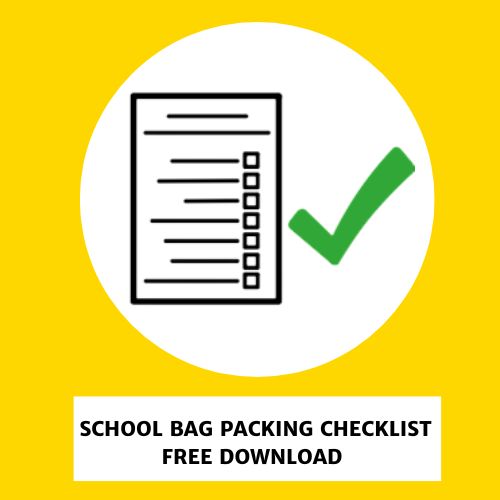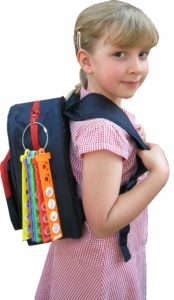Most of us parents will remember walking to primary school on our own at some point but it’s an increasingly rare sight these days.

There are actually no laws or official guidelines around age or distance of walking to school so it’s down to each of us to decide when our children are ready.
As well as the obvious health benefits, walking to school can help build independence, responsibility, safety awareness and social skills.
The biggest fears amongst parents about letting their children walk to school alone are of traffic and stranger danger. The Living Streets campaign tries to help parents understand the reality of these risks and explains that by protecting children from them they could be unwittingly harming their long-term health and well-being in other ways.
This Living Streets and Parentline Plus Walk to School report states that “Giving children the opportunity to walk to school not only reduces the risk of obesity but helps them develop independence and teaches them important life skills such as road safety and route finding”.
Start small
Build up to walking all the way by accompanying your child most of the way and letting them go the last bit by themselves. Gradually start making that last bit longer whilst they (and you!) gain in confidence until they’re doing it all themselves.
Safety in numbers
Try pairing up with other parents and taking it in turns to walk with the children to school first and then build up to the children walking together without any of you.
Road safety
Use this transition time to give reminders and tips about crossing roads and traffic awareness. If you always make the decision when it’s safe to cross, your children won’t learn what to look for to make safe decisions themselves. Talking through likely scenarios will help build their confidence to know what to do when they’re on their own. Do you know your green cross code?
Stranger safety
Agree an easily remembered code word or phrase to use in the event that someone else has to pick up or meet your children. Tell them to ask for this code word if anyone approaches them offering a lift, whether it’s someone they know or not.
October is International Walk to School Month


